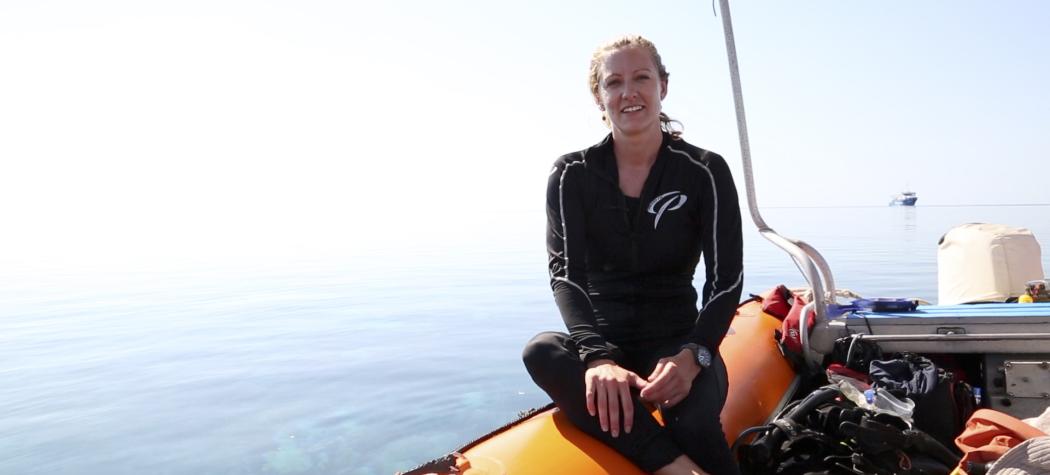Discovering the underwater spectacle of coral spawning has been at the centre of research for Australian Institute of Marine Science marine biologist Dr Taryn Foster.
Since mass coral spawning was discovered 35 years ago, there has been a global research effort into how corals reproduce in the same period every year.
Scientists can now accurately predict when annual mass coral spawning will occur.
However, Dr Foster thinks coral split spawning, where mass spawning is split over two consecutive months, has been largely overlooked.
While split spawning has been recorded at many reefs, the frequency and significance of these events has been previously unknown.
In a research paper published this week in Nature Communications journal, Dr Foster said the timing of spawning was complex, varying not only between locations and species, but also from year to year.
Observations collected at Scott Reef, off Western Australia from 2007 to 2016, show split spawning occurred frequently, every 2 to 3 years.
Over a 10-year study period, during the split spawning years, the majority of the population (up to 80%) were spawning in the second and currently overlooked month.
“Most species had higher proportions of colonies releasing their gametes in the second month in split years, after a 13-month instead of 12-month lunar cycle,” Dr Foster said.
Split spawning also appeared to act as a ‘leap year’ for coral reproduction, realigning spawning with optimal times of year for fertilisation, larval survival and recruitment to the reef.
Without these split events, spawning dates would shift by about 10 days each year, to occur outside of the optimal times of year.
“Overlooking split spawning may have biased our knowledge of coral reproduction at some reefs and could also be hampering management efforts to protect the most vulnerable coral life history stages.”
Dr Foster said it was important to have a good understanding of these reproductive biology questions, in order to detect and predict future shifts in reproduction under climate change.
Dr Foster is a post-doctoral researcher at AIMS supported by a Woodside Coral Reef Research Fellowship.
Read more about split spawning in Taryn’s research paper here in Nature Communications: http://rdcu.be/HkGn
Media enquiries
Emma Chadwick
Communications Officer
Australian Institute of Marine Science, Townsville
Phone: +61 0412 181 919
Email: e.chadwick@aims.gov.au


